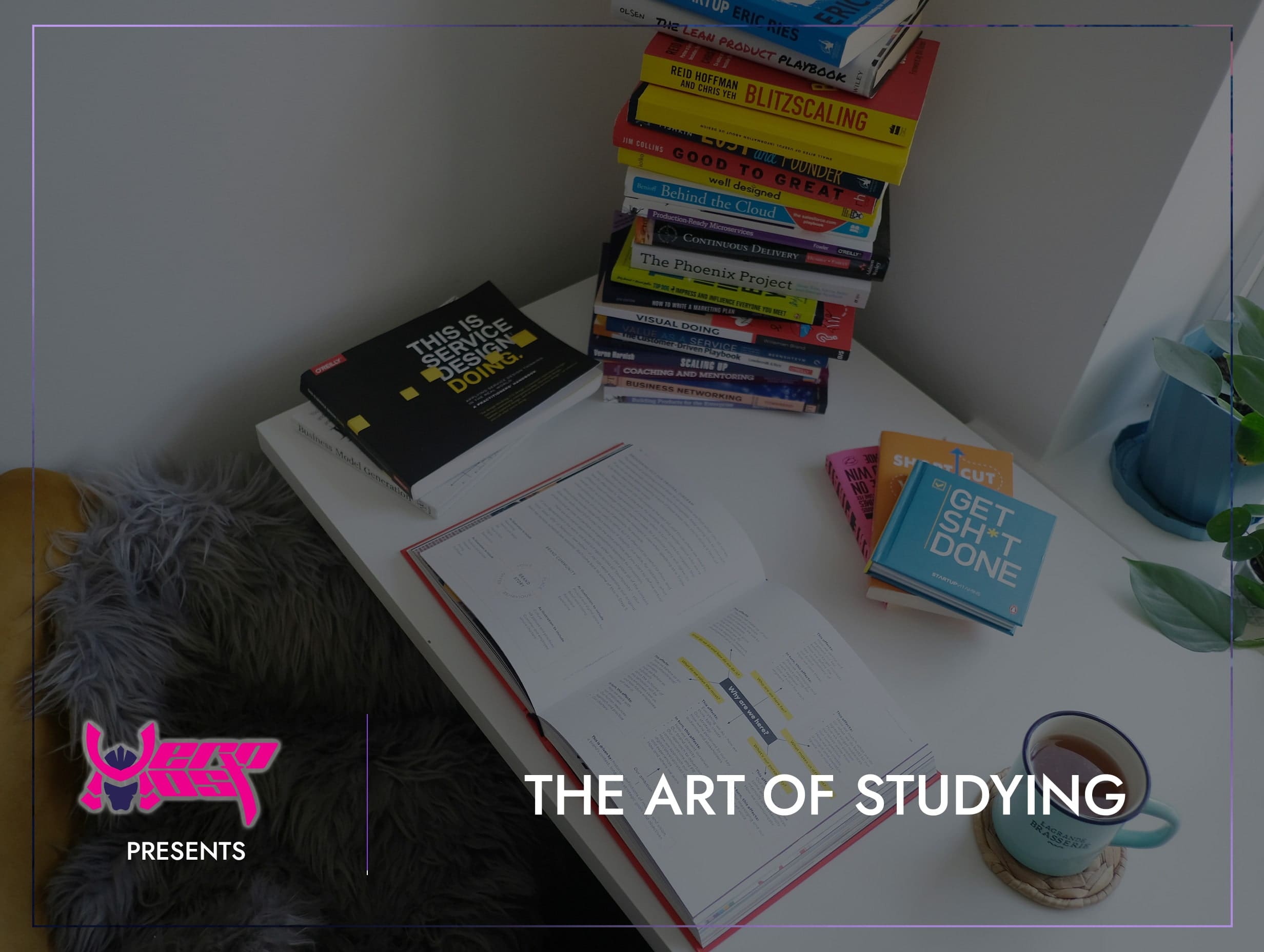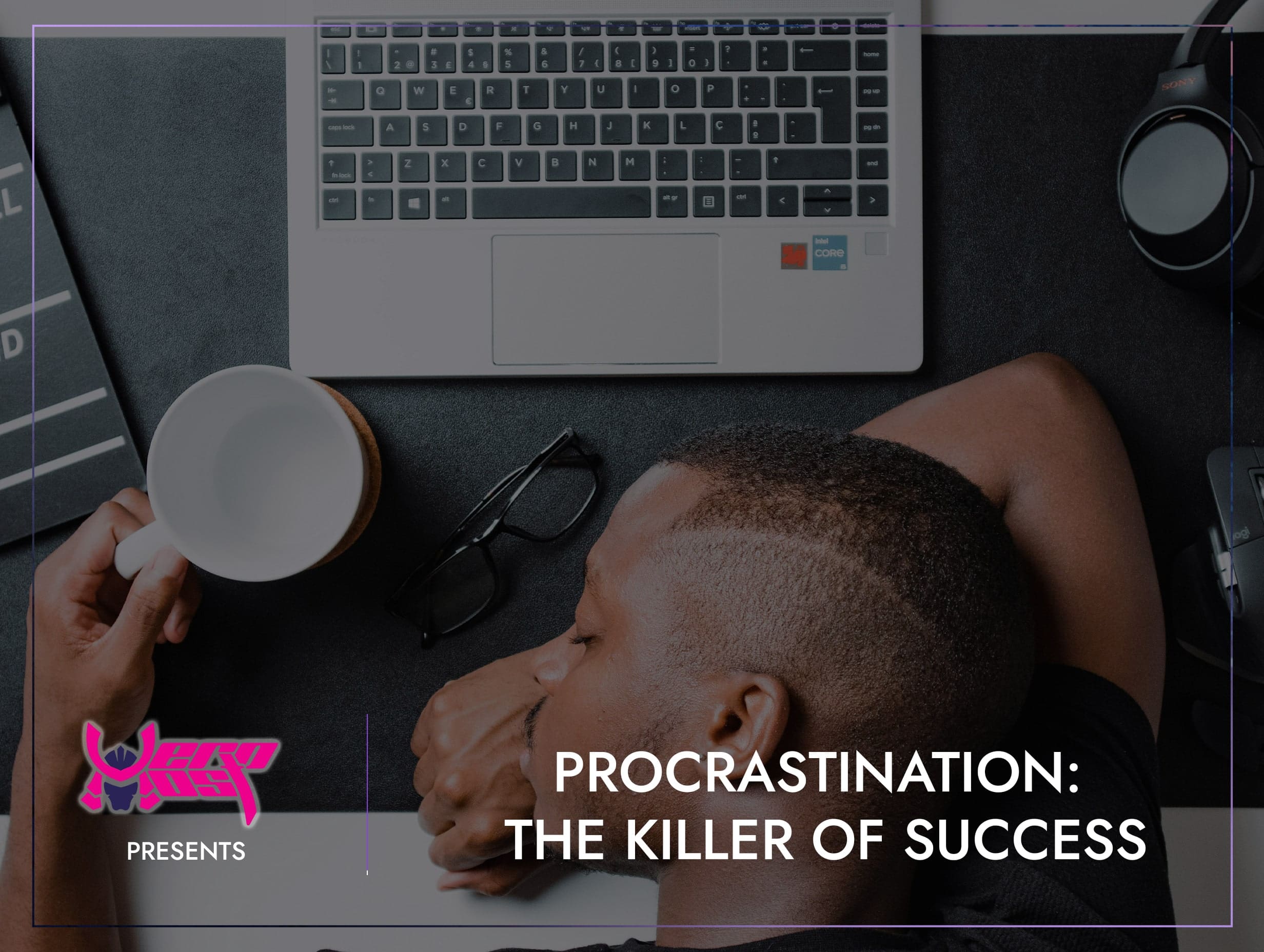The Art of Studying
- Home
- Lessons From Asia
- The Art of Studying

- Mikey Ryu
- May 1, 2024
- 0
The Art of Studying
Studying—a term that often elicits groans and sighs from many, conjuring images of tedious hours spent poring over textbooks or battling through complex problems. Yet, beneath this veneer of reluctance lies a fundamental truth: studying is not merely a chore to endure but a skill to master, a gateway to unlocking our full potential. Whether we realise it or not, studying permeates every aspect of our lives, shaping our knowledge, skills, and ultimately, our success. In this exploration, we delve into the Japanese way of studying—an approach steeped in discipline, resilience, and continuous improvement. Through disciplined routines, deliberate practice, and a growth mindset, the Japanese have honed a method that transcends mere academic achievement, fostering holistic growth and personal fulfilment. Join us as we unravel the secrets of the Japanese approach to studying, and discover how it can revolutionise your learning journey.
The Importance of Studying:
When you say to someone that they need to study they get annoyed and exclaim at how boring studying is but the harsh truth is that no matter where you go in life you will be required to study, whether it be accounting, marketing, whatever your job may be, it will require you to know, And to have knowledge is to study. Throughout our lives, we have been taught but how many of us study?
The Japanese Way of Studying:
Embracing Discipline and Routine:
In Japan, studying is not merely a task but a way of life. Students are taught from a young age to embrace discipline and adhere to a structured routine. This includes designated study hours, breaks for rest and reflection, and a commitment to consistency in learning habits.
2. Pursuing Mastery Through Deliberate Practice:
The concept of “kaizen,” or continuous improvement, lies at the heart of Japanese studying. Students are encouraged to pursue mastery through deliberate practice, focusing on refining their skills and knowledge incrementally over time. This involves setting specific goals, seeking feedback, and persisting in the face of challenges.
3. Cultivating a Growth Mindset:
Japanese culture places a strong emphasis on effort and resilience over innate talent. Students are taught to adopt a growth mindset, viewing setbacks as opportunities for learning and growth rather than failures. This mindset fosters a sense of optimism, self-efficacy, and perseverance in the pursuit of academic and personal goals.
4. Maximising Efficiency and Focus:
Japanese students are known for their ability to study with intense concentration and efficiency. Techniques such as “Pomodoro” (time management method) and “Mochikomi” (deep immersion) are commonly employed to maximise focus and productivity during study sessions. By eliminating distractions and prioritising tasks, students are able to achieve more in less time.
5. Valuing Collaboration and Support:
While studying is often perceived as an individual endeavour, Japanese culture emphasises the importance of collaboration and support networks. Students form study groups, participate in “juku” (cram schools), and seek guidance from teachers and mentors to supplement their learning. This collective approach fosters camaraderie, shared knowledge, and mutual encouragement among peers.
6. Balancing Academic Rigor with Holistic Well-being:
Despite the emphasis on academic achievement, the Japanese approach to studying also recognises the importance of holistic well-being. Students are encouraged to maintain a balance between study and leisure activities, prioritise self-care, and nurture their physical, emotional, and social health. This holistic approach promotes long-term academic success and personal fulfilment.
The Difference Between Studying And Teaching:
To Teach: This is to impart knowledge to or instruct (someone) as to how to do something.
To Study: is the devotion of time and attention to gaining knowledge of an academic subject, especially using books.
Studying and teaching represent distinct approaches to learning. While being taught typically involves receiving information from others, studying is a more self-directed process. When we study, we engage in independent exploration and learning, often in solitude, as we focus on achieving our learning objectives and acquiring knowledge. Studying allows for personal reflection and deep engagement with the material, whereas being taught involves receiving information from external sources. Thus, the difference between studying and being taught lies in the level of self-directedness and autonomy in the learning process.
So how do we study?
Luckily for us, there are many techniques that we can apply to ensure that we learn the information that we are trying to. Before we get into the techniques let me talk about the learning process.
The Learning Process:
1. Acquisition of Information:
- Learning begins with the acquisition of information. This can occur through various means such as reading, listening, observing, or direct experience.
- Information can come from formal sources like textbooks, lectures, or online courses, as well as informal sources such as conversations, personal experiences, or experimentation.
2. Encoding:
- Once information is acquired, it needs to be processed and encoded into memory. Encoding involves organising and structuring the information in a way that makes it meaningful and easier to recall.
- Strategies for encoding include categorisation, association with existing knowledge, visualisation, and repetition.
3. Consolidation:
- After encoding, the information is stored in memory through a process called consolidation. During consolidation, connections are formed between the new information and existing knowledge in the brain.
- Consolidation often occurs during sleep, as the brain strengthens newly formed memories and integrates them with prior knowledge.
4. Retrieval:
- Retrieval is the process of accessing stored information when needed. It involves bringing forth the relevant knowledge from memory to apply it to a task, solve a problem, or answer a question.
- Retrieval practice, such as self-testing or quizzing, is a powerful technique for strengthening memory and enhancing long-term retention.
5. Application and Practice:
- Learning is reinforced through application and practice. Applying newly acquired knowledge in real-world contexts helps solidify understanding and mastery of the material.
- Practice allows for the refinement of skills and the development of expertise through repeated engagement and feedback.
6. Reflection and Feedback:
- Reflection involves thinking critically about the learning process, identifying strengths and areas for improvement, and making connections between new knowledge and prior experiences.
- Feedback, whether from teachers, peers, or self-assessment, provides valuable information that guides further learning and informs adjustments to strategies and approaches.
7. Adaptation and Growth:
- Learning is an ongoing process of adaptation and growth. As individuals encounter new information and experiences, they assimilate new knowledge, refine existing skills, and adapt their understanding in light of new insights.
- Continuous learning involves curiosity, openness to new ideas, and a willingness to challenge existing beliefs and assumptions.
Studying Methods:
This section is quite long so here’s a summary:
Acquire Knowledge via reading, video or audio, mind map the most important parts from the thing you just read and create questions based on what you have retained, come back and review using those questions or flashcards, journal and use metacognitive processes to commit it all to memory.
1. Acquisition of Information:
- Method: Active Reading
- Technique: Engage actively with the material while reading by taking notes, highlighting key points, asking questions, and summarising information in your own words.
2. Encoding:
- Method: Mind Mapping
- Technique: Use visual diagrams such as mind maps to organise and structure information in a meaningful way. Create branches for main concepts and subtopics, and use colours, images, and connections to enhance understanding and retention.
3. Consolidation:
- Method: Spaced Repetition
- Technique: Review and revisit the material at spaced intervals over time. Use flashcards or spaced repetition software to quiz yourself on key concepts, focusing more on items that are difficult or less familiar.
4. Retrieval:
- Method: Retrieval Practice
- Technique: Test yourself on the material through recall-based exercises such as self-quizzing, free recall, or completing practice problems. Actively retrieving information from memory strengthens neural connections and enhances long-term retention.
5. Application and Practice:
- Method: Problem-Based Learning
- Technique: Engage in solving real-world problems or applying concepts to practical scenarios. Work through case studies, simulations, or hands-on activities that require the application of knowledge and skills in context.
6. Reflection and Feedback:
- Method: Journaling
- Technique: Reflect on your learning experiences, insights, and challenges through journaling. Write regularly about what you’ve learned, how you’ve applied it, and what areas you find difficult or need further clarification on. Seek feedback from teachers, peers, or mentors to gain additional perspectives and insights.
7. Adaptation and Growth:
- Method: Metacognitive Strategies
- Technique: Develop metacognitive awareness by reflecting on your learning process, setting goals, monitoring your progress, and adjusting your strategies as needed. Use techniques such as self-assessment, goal-setting, and planning to continuously adapt and improve your learning approach.
8. Teach:
Teaching isn’t merely an act of imparting knowledge to others; it’s a powerful cognitive tool that can enhance your own learning experience. When you take on the role of a teacher, whether it’s by explaining a concept to a peer, writing a tutorial, or even just verbalising your understanding to yourself, you engage in a process that deepens your comprehension and strengthens your memory of the subject matter.
9. Talk to Your Self:
Conversations with oneself, though often viewed as a solitary activity, hold profound cognitive benefits that extend beyond mere self-expression. When you engage in self-talk, whether it’s verbalising thoughts aloud or engaging in inner dialogue, you embark on a cognitive journey that can enhance self-awareness, problem-solving abilities, and emotional regulation.
“Studying Is the Gate to Understanding”
Search
Categorys
- Branding (12)
- Business Growth Guides (3)
- Business Insights (3)
- Content Marketing (43)
- Domain Authority (19)
- Email Marketing (28)
- Google Analytics & Search Console (5)
- Hack or Not (2)
- Hero Host News (0)
- Inbound Marketing (32)
- Lessons From Asia (40)
- Marketing Guides (11)
- Martial Arts Journey (14)
- Outbound Marketing (8)
- Search Engine Optimisation (SEO) (41)
- Social Media Marketing (38)
- Web Design (20)
- Website Hosting (4)
- Wordpress (2)






